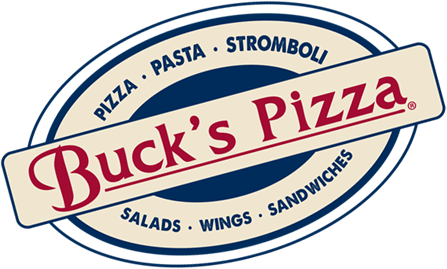Essentials for Better Pizza at Home
Pizza is simple and unassuming, yet oh-so-satisfying, one of the many reasons we love it. So let’s talk about the kind of pizza you make yourself—from scratch, not by sticking a folded box in the microwave.
You need to be aware of a few essential truths to make really good home-made pizza:
You need a scale
You can’t create delicious pizza atop lousy crust, and since topnotch crust recipes usually list ingredients by weight—instead of cups—you need a scale. Flour you scoop into a cup gets pressed down, which means you end up with way more flour than you need.
There’s math involved
We’re talking metric system and baker’s percentages, where every ingredient’s weight (in grams) is given proportionate to the amount of flour (in grams). Professional recipes direct you to add 60 percent water and/or 0.5 percent yeast. The good news is, there are apps to help you deal with this!
Use good flour
Your crust consists mostly of flour, ergo the better the flour, the better your crust. It’s not that you can’t use all-purpose flour, but you’ll get a chewier, more “pizza” crust if you use high-protein bread flour.
Of course, you may not have time to make any dough, in which case you can buy raw dough from a pizzeria or get some at the grocery store.
Have a plan
So, do you want a crispy-crust Neapolitan pizza, a Chicago deep dish, or a New York-style pie? Knowing what you want is key to pizza success. Consider how many people you’ll be serving and how much prep time you have, then decide on a recipe that meets both your needs and your abilities.
There’s no need to knead
If you don’t have a stand mixer to knead the dough, you can use a food processor. If you don’t have either, combine your ingredients in a bowl, cover it with plastic wrap, and pop it in the fridge overnight. Next day, bada bing! Your dough is ready to shape and stretch. Oh, by the way, once you shape your dough, pop it back into the fridge for a day or so to give it a serious flavor boost.
Stretching the dough can be, well, a stretch
Stretching your dough into a perfect pie shape—i.e., one that’s nice and round and has a raised lip—takes practice. If you’re not willing to settle for ovals, octagons, and other unique shapes in the meantime, use your rolling pin to get the shape you want.
Stay on top of toppings
Use fresh, creamy cheese and good sauce—either home made, or a comparable store brand—and limit your toppings. Make sure all flavors complement each other so you don’t wind up with a big, taste bud-overwhelming mishmash.
Cook it hot, hot, hot!
The hotter the oven, the airier the crust. The airier the crust, the tastier the pie. Think 550 degrees or, yes, even hotter. (Hotter, as in, form your pizza in a preheated cast iron skillet, then immediately shove the skillet under the broiler.)
GOOD | BETTER | BUCKS
Using the freshest ingredients served at the peak of deliciousness.

Delicious since 1994
Website Built by Magnus Marketing
